

Forecasting helps us with smart urban sustainability
Forecasting is a process of using historical data to make informed predictive estimates about the future. If used correctly, it can help us design more liveable sustainable, antifragile cities.
Data is everywhere and the amount of data has been increasing exponentially. Still, many businesses rely on old-fashioned measures or base their business decisions on gut feelings instead of data. In this blog, Valeri and Juha take a closer look at footfall data. Tag along and learn how footfall can transform your business.
>>> Read more about our services for retail
When properly used, data backs decision making with facts, which arguably carries a lower risk compared to decisions made on gut feeling alone. Therefore, it can also help us minimise risks and make more informed decisions when it comes to planning cities or trying to find the best location for a store. As the American engineer and statistician W. Edwards Deming put it:
“Without data, you are just another person with an opinion.”
In this blog, we will look at footfall data, a form of analysis where we track the activity and engagement of people. Footfall is a count of people who passed through a defined area during a certain period. Essentially, it is a way to measure cities and people living in them. Footfall data can be, for example,
Besides operator or mobile data, footfall can also be collected with sensors. In some public areas or retail stores, sensors track the number of people entering stores. These sensors can even track people’s movements and engagement within the store. This data provides insights to store owners about their store performance and on how to place their products to increase sales.
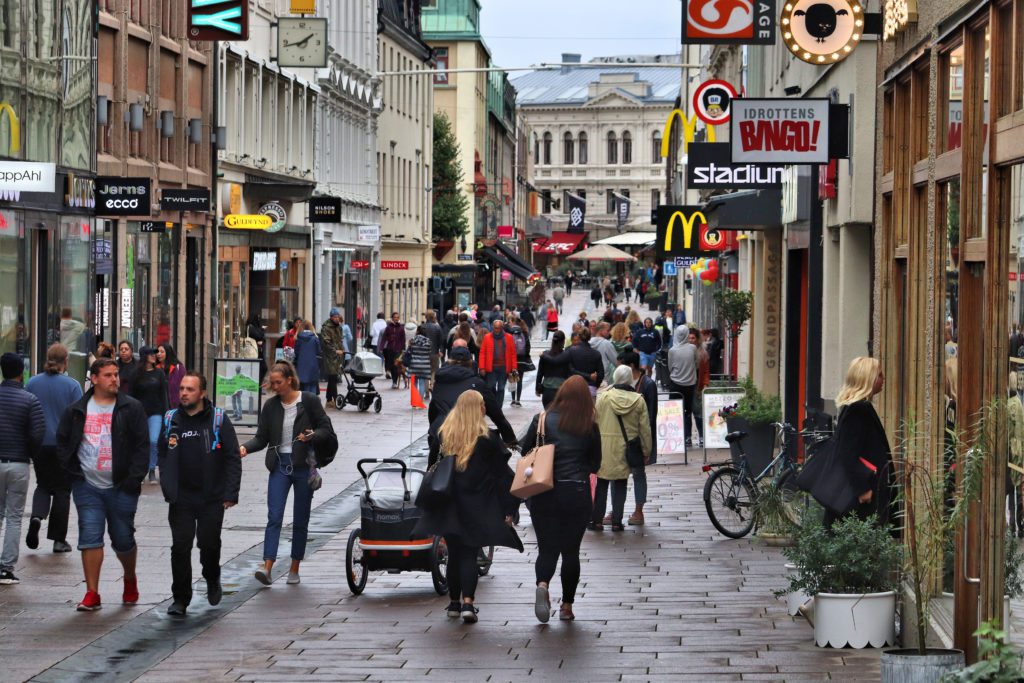

There has always been an interest in looking at how many people visit city centres, roads, certain parks or shopping malls during a day or a longer time period. Before adequate technologies, this data was gathered manually by putting a person with a clicker into a street corner to count how many people pass the locations in a given time.
Manual count has obvious disadvantages as it is very expensive (a person counting needs to pay bills) and very limited (one can count bypassers in one specific location). But it still might be a relevant option for rare cases, where counting is needed only once at one location and for a very limited time (e.g. counting visitors of an event).
In a nutshell, footfall data helps us understand movement patterns of people. It enables us to
The data can help event organizers or anticipate crowded areas and bottlenecks inside or outside the venue during major events, and plan accordingly to optimize flow. Municipalities can use footfall to optimize pedestrian networks or recreational areas. It has been used in the early stages of the building lifecycle to optimize building layout, given its capacity.
In short, observing how the citizens use their cities and services through footfall data has many benefits for everyone starting from small businesses to municipalities. It is an aid for creating more liveable cities.
Footfall data provides valuable insight into physical retail activities. It essentially helps you make more informed business decisions and minimise risks.
“But is it not obvious without footfall where the crowded hotspots are in the city?”, I hear your inner skeptic protesting. Yes, the city center, major tourist destinations, and the surroundings of transport or commercial hubs are obvious hotspots that you might get from quick googling. But there is more hidden information on dynamics of activity and seasonal hotspots that are not in those obvious locations.
There are few patterns in activity, which provides valuable insights for retail location finding:
Let’s demonstrate these in simple use cases:
We already mentioned the ice cream kiosk. Let’s look beyond the mentioned obvious choices like city center for the location finding. Here is one perhaps not so obvious spot in the Alppiharju area (fig.1). The one selected close to a park shows quite distinct activity dynamics (look at the Area pulse chart on the right): the area has huge contrast between winter and summer months. It comes alive during summer months. Furthermore, daily activity shows that it is more popular on weekends, meaning that it is a leisure hotspot for people. There are quite a few such locations of which several suitable can be selected and those can be further filtered considering other services and competitors, residents of the area, etc.


Another example would be franchises. Let’s say we have a coffee chain and are looking for an expansion. There are multiple ways to select the locations based on the targets and available properties but assume all those factors are in check. We can select the few most profitable existing locations and find other areas with similar footfall activity levels and trends (either seasonal or daily) (fig. 2). The selected pool of the potentially promising locations can be then further filtered by examining other information from different dashboards.


You could, for example, look at the reachability of the area and find companies within this reach. You could find employees who go out for lunch daily and find the best locations based on this information. Footfall, reachability and potential customers are all data points that companies should take into consideration to make more informed decisions.
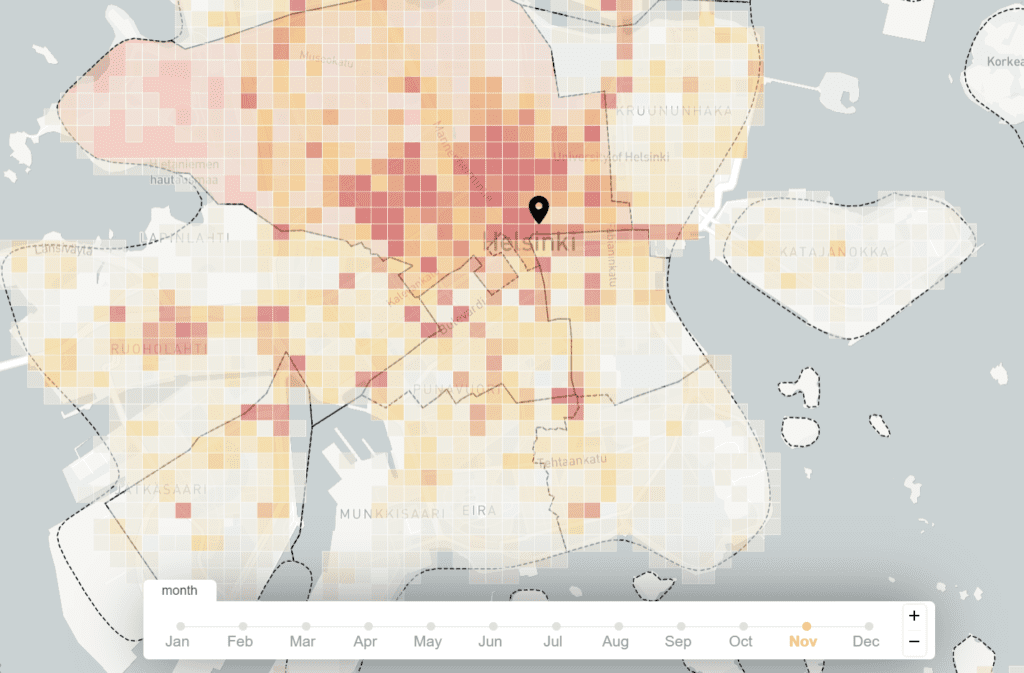

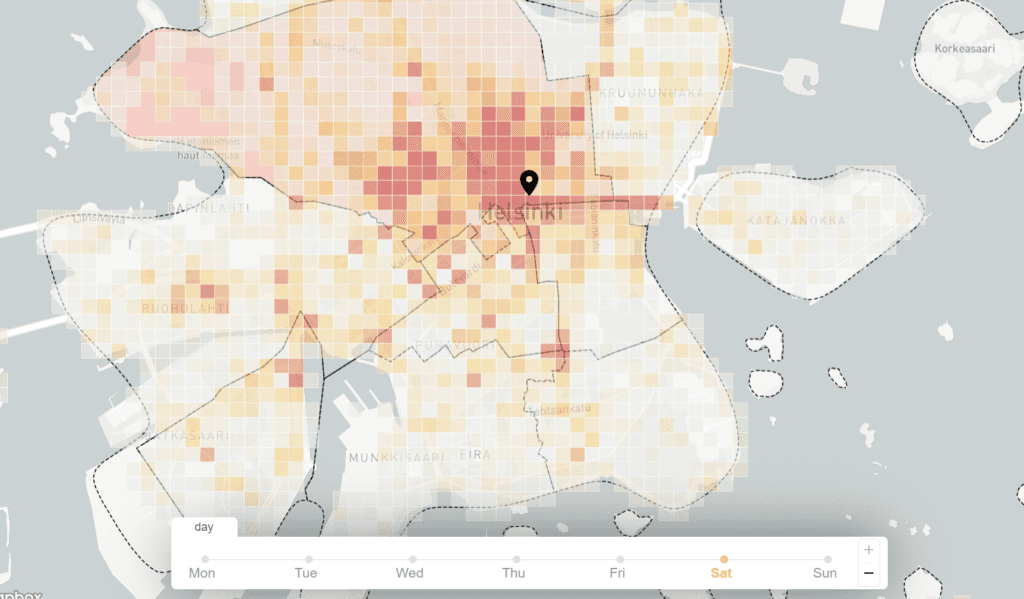

Finally, let’s consider a retail service that has a very specific operation pattern – like lunch restaurant. We need to consider more than just footfall data. Most probably our target customers will be mid to high income residents and the office workers in the area (which can also be extracted from our tool).
Here, daily activity patterns become more important (Fig. 4), if we are looking for the high activity locations during weekdays. Examining other restaurants in 5 min walking distance around potential locations could reveal competition and also hint us to what menu to offer to diversity.
The footfall data that we at CHAOS provide is coming from a large global provider who collects, aggregates and anonymizes the data from thousands of mobile applications and has one of the best coverage among providers.
We measure footfall by activity index, measuring relative amount of activity for individual grid cells. The advantage of the activity index over the raw people count is that index calculation normalizes data across countries and over time. As a result, it will be less biased by challenges associated with the data collection, like increase or decrease of user base for certain mobile applications or variations in the amount of app users in different geographical locations.
With CHAOS footfall data, you can observe activity on a 100m x 100m grid. High footfall does not automatically translate into more sales. Therefore, footfall data works best when enriched with other key insights. Besides the best locations footfall-wise, CHAOS can help you find the areas closest to your target customers and understand consumer behaviour.


Juha is a seasoned salesperson with demonstrated experience in the information technology, proptech, and service industries. He found his passion in changing the way everyone works within real estate through technology.
Juha has been interested in technology from a young age when he built his first computer at the age of 9 and that passion has not gone anywhere, always following the trends of tech and lately especially proptech.
In his free time, Juha would like to play golf and do other sports activities but mostly his free time is spent taking kids to practise and playing with dolls and small toy soldiers.


Dr. Valeri Tsatsishvili is a data scientist with solid experience in academic research in the Finnish Center of Excellence projects. He holds B.Sc in Physics, MA in Music, Mind, and Technology, a Ph.D. in Mathematical Information Technology. Interdisciplinary background gave him the opportunity to build data-driven analysis solutions on various domains spanning from music/speech recordings to brain images. In CHAOS he continues to cross different fields such as urban planning, real estate, and sustainability. In his free time, he enjoys listening to prog rock/metal music, playing his guitar (metal as you’ve guessed), and following developments on the sports/luxury car market. On the scale of Mr. gut feeling and Mr. logic, he is geared towards the 30/70 mix, relying more on data or facts-based decision making in his daily life.


Forecasting is a process of using historical data to make informed predictive estimates about the future. If used correctly, it can help us design more liveable sustainable, antifragile cities.
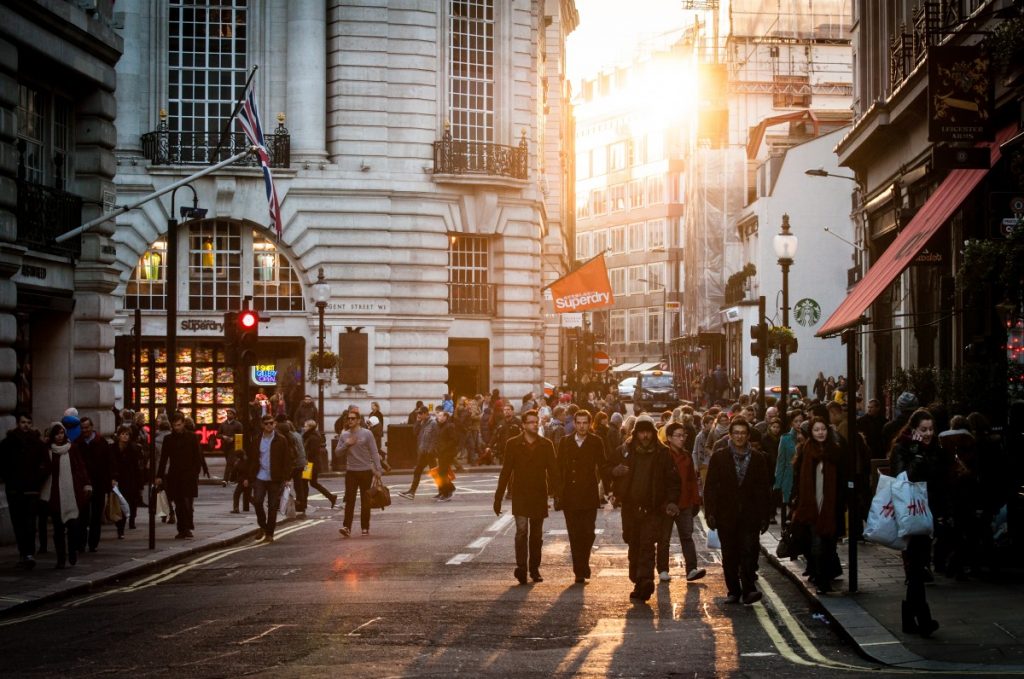

In a recent edition of McKinsey’s new series “The Next Normal”, leading executives and McKinsey experts discuss the future of the real estate industry. While
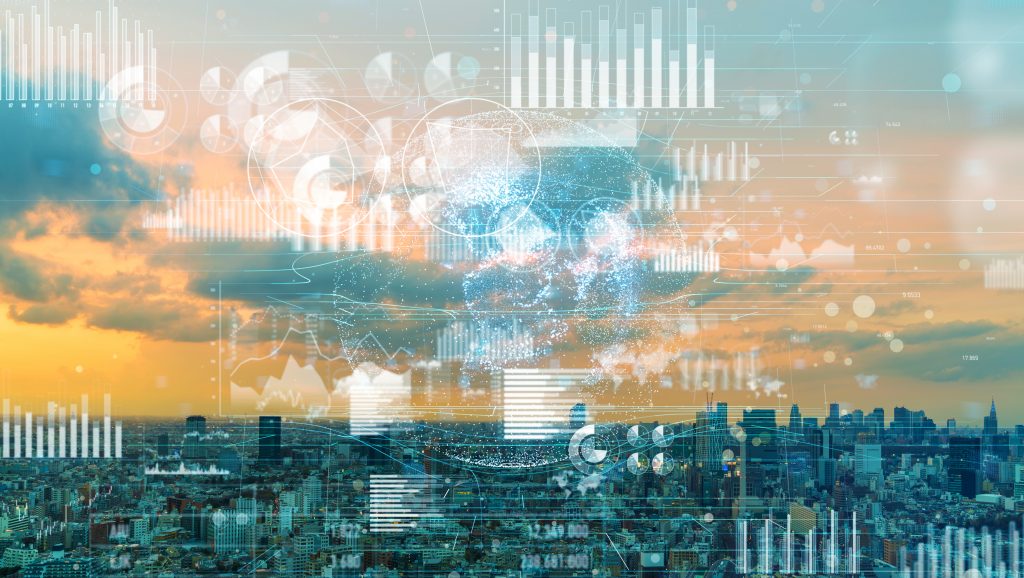

Multiple survey results and reports published during recent years indicate that the majority of executives in the RE industry now believe that harnessing the potential of big data and AI offers a huge competitive advantage But how far are we in the transformation process? Has the industry unlocked the full potential of data, advanced analytics, and AI?